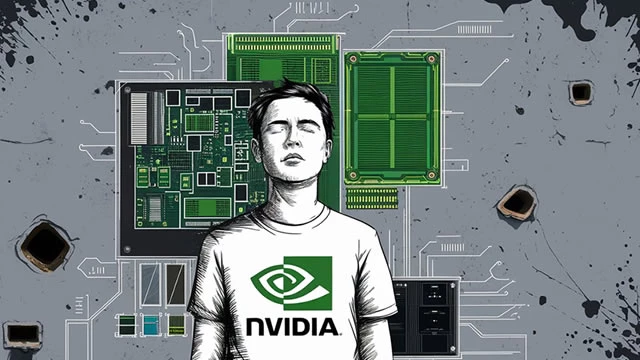MicroStrategy isn’t your average tech company anymore. Once known for its business software, it’s now a full-blown "Bitcoin development company." Led by its founder Michael Saylor, MicroStrategy has been on a wild buying spree, snatching up a whopping 244,800 Bitcoins worth around $14.6 billion as of September 2024.
It’s bold, it’s risky, and it’s got everyone talking. So, what exactly is the play here, and should you care?
MicroStrategy's Road to Bitcoin Fame
It all started back in 2020 when Saylor decided to go all-in on Bitcoin. Over the past four years, MicroStrategy has been steadily buying Bitcoin at an average price of $38,585 per coin. Now, with Bitcoin hovering around $60,000, that bet seems to be paying off—big time. The company’s stock is up over 124% this year alone, outperforming most S&P 500 companies.
Here’s the thing: MicroStrategy isn’t just holding Bitcoin; it’s treating it like a core business strategy. It’s even come up with its own metric, the "BTC yield," to show how much value its Bitcoin stash is creating for shareholders. With a reported 17% yield year-to-date, Saylor wants investors to see MicroStrategy not just as a software company but as a bridge to Bitcoin ownership.
Why All the Buzz?
For those who want a piece of the Bitcoin action but find the crypto world confusing or intimidating, MicroStrategy looks like a pretty sweet deal. You can buy its stock and indirectly own Bitcoin, without the need for crypto wallets, exchanges, or remembering complicated passwords. It's an easy way to get exposure to the wild world of Bitcoin without getting your hands dirty.
But let’s not sugarcoat it: investing in MicroStrategy is still a bet on Bitcoin, just in a different wrapper. When Bitcoin’s price jumps, MicroStrategy's stock goes sky-high. When Bitcoin drops, well, it crashes even harder. You’re getting the same ride as Bitcoin but with extra leverage—higher highs and lower lows.
The Risks You Can’t Ignore
MicroStrategy's strategy is both its strength and its Achilles' heel. First up, volatility. If Bitcoin crashes, so does MicroStrategy. That’s the reality of being a company whose value is now mostly tied up in a digital asset that can swing 10% in a day. Saylor’s commitment to buying Bitcoin whenever possible amplifies this risk. He’s all in, and so is the company. Next, security. MicroStrategy uses Coinbase to store its Bitcoins, and while Coinbase is a reputable exchange, crypto hacks are still a very real threat. One breach could send MicroStrategy’s stock price plummeting. It's the kind of worst-case scenario that makes investors jittery.
Then there's Saylor himself. He’s become the face of corporate Bitcoin adoption. His social media presence and outspoken support for Bitcoin influence not just MicroStrategy's stock but also how people perceive the company. If something happens to him or he steps down, it could seriously shake investor confidence.
So, Is It Worth the Hype?
The million-dollar question: is MicroStrategy a buy? Well, it depends on how much you believe in Bitcoin’s future and your tolerance for risk. If you’re convinced that Bitcoin is here to stay and will only go up in the long run, MicroStrategy offers an exciting way to ride that wave. You get to leverage the company’s size and strategy to gain Bitcoin exposure without diving directly into crypto exchanges.
But let's be real. This isn't a "set it and forget it" kind of investment. You need to go in with eyes wide open, knowing that this could go either way—sky-high returns or a nosedive if Bitcoin falters. And don’t forget, MicroStrategy could issue more shares to buy more Bitcoin, which could dilute your stake.
Final Thoughts
MicroStrategy is redefining what it means for a company to embrace Bitcoin. It’s risky, yes, but it’s also pushing the boundaries of how we think about corporate finance and cryptocurrency. If you're looking to mix things up in your portfolio and believe in Bitcoin's potential, MicroStrategy could be your ticket.
Just remember: this is a high-risk, high-reward play. Have a plan, know when to get in, and—more importantly—know when to get out. Because in the fast-moving world of Bitcoin and crypto, timing is everything.

















Rate this article